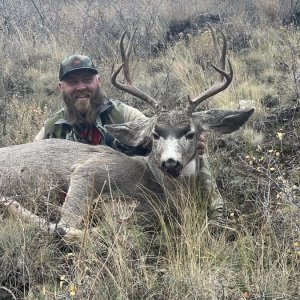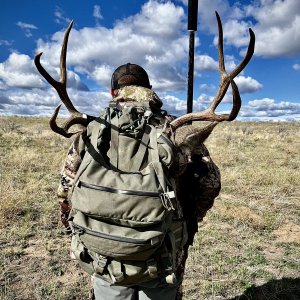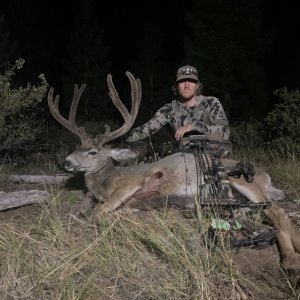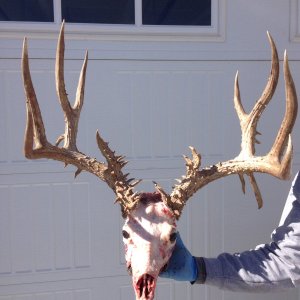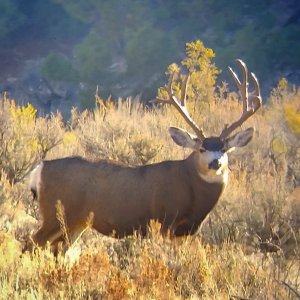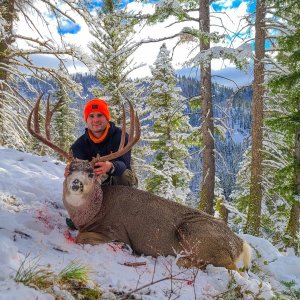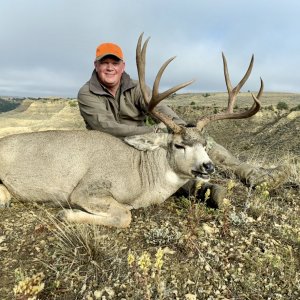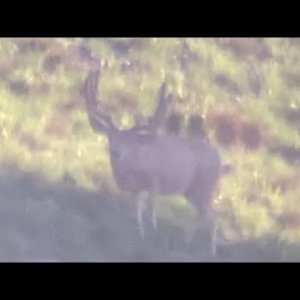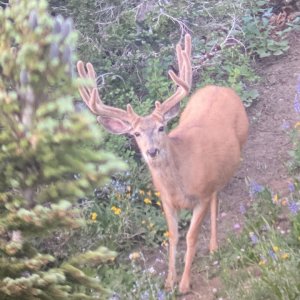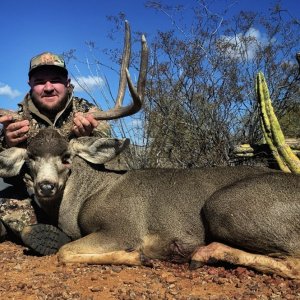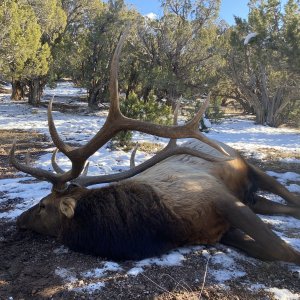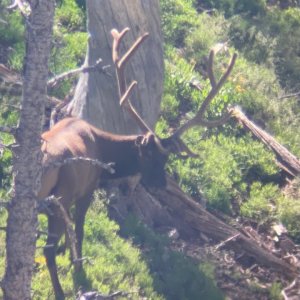H
huntinco
Guest
This info was posted on the SFW site. Personally I think coyotes take a huge toll on our fawn crops thereby drastically lowering deer numbers. What are your thoughts?
Justin Richins
www.huntinco.com
SFW-Utah's Bryce Pilling, board member from Millard county, does a great job keeping us all updated on the coyote management effort going on in the state. Bryce reports the following numbers of coyotes have been harvested using Fixed Wing Aircraft by Wildlife Services to date this fall. Helicopters, because of their higher cost, are waiting for better conditions to maximize our investment.
55 coyotes taken in Box Elder County
100 coyotes taken on the Pahvant
80 taken in the Vernon area
35 taken in the Cedar area
The January issue of "American Hunter" has some interesting Stats on Coyote Kills as follows:
80% the number of antelope fawns killed by coyotes in one Texas study
86% the number of whitetail fawns killed by coyotes in an Oklahoma research project
Double the improvement in fawn-to- doe ratio in a South Texas study during two years of predator control with 188 coyotes & 120 bobcats removed from 5,000 acres
30% the difference in whitetail fawn survival when a fenced, coyote -free 1,000 acre area was compared to the area outside the enclosure
5 out of 9 the number of successful kills of adult deer and elk by coyote packs in Yellowstone in 1995 as observed by researchers. YES COYOTES KILL MATURE DEER & ELK
95,000/$3,170,000.00 The number of cattle and calves coyotes killed nationwide in 2001 and the cost of that lost livestock,respectively
165,000/$9,600,000.00 the number of sheep and lambs coyotes killed nationwide in 1999 and the cost of that lost livestock, respectively
#1 the Coyotes rank as livestock predator in the United States
The article also states that coyotes are also killing Moose in Newfoundland.
To get our deer herds back we have to keep up and should really be stepping up Coyote Harvest.
SFW members should feel proud to know that some of their membership dollars have gone directly into paying for these aircraft coyote harvests. In the long run, it will mean a more health deer herd.
Justin Richins
www.huntinco.com
SFW-Utah's Bryce Pilling, board member from Millard county, does a great job keeping us all updated on the coyote management effort going on in the state. Bryce reports the following numbers of coyotes have been harvested using Fixed Wing Aircraft by Wildlife Services to date this fall. Helicopters, because of their higher cost, are waiting for better conditions to maximize our investment.
55 coyotes taken in Box Elder County
100 coyotes taken on the Pahvant
80 taken in the Vernon area
35 taken in the Cedar area
The January issue of "American Hunter" has some interesting Stats on Coyote Kills as follows:
80% the number of antelope fawns killed by coyotes in one Texas study
86% the number of whitetail fawns killed by coyotes in an Oklahoma research project
Double the improvement in fawn-to- doe ratio in a South Texas study during two years of predator control with 188 coyotes & 120 bobcats removed from 5,000 acres
30% the difference in whitetail fawn survival when a fenced, coyote -free 1,000 acre area was compared to the area outside the enclosure
5 out of 9 the number of successful kills of adult deer and elk by coyote packs in Yellowstone in 1995 as observed by researchers. YES COYOTES KILL MATURE DEER & ELK
95,000/$3,170,000.00 The number of cattle and calves coyotes killed nationwide in 2001 and the cost of that lost livestock,respectively
165,000/$9,600,000.00 the number of sheep and lambs coyotes killed nationwide in 1999 and the cost of that lost livestock, respectively
#1 the Coyotes rank as livestock predator in the United States
The article also states that coyotes are also killing Moose in Newfoundland.
To get our deer herds back we have to keep up and should really be stepping up Coyote Harvest.
SFW members should feel proud to know that some of their membership dollars have gone directly into paying for these aircraft coyote harvests. In the long run, it will mean a more health deer herd.

